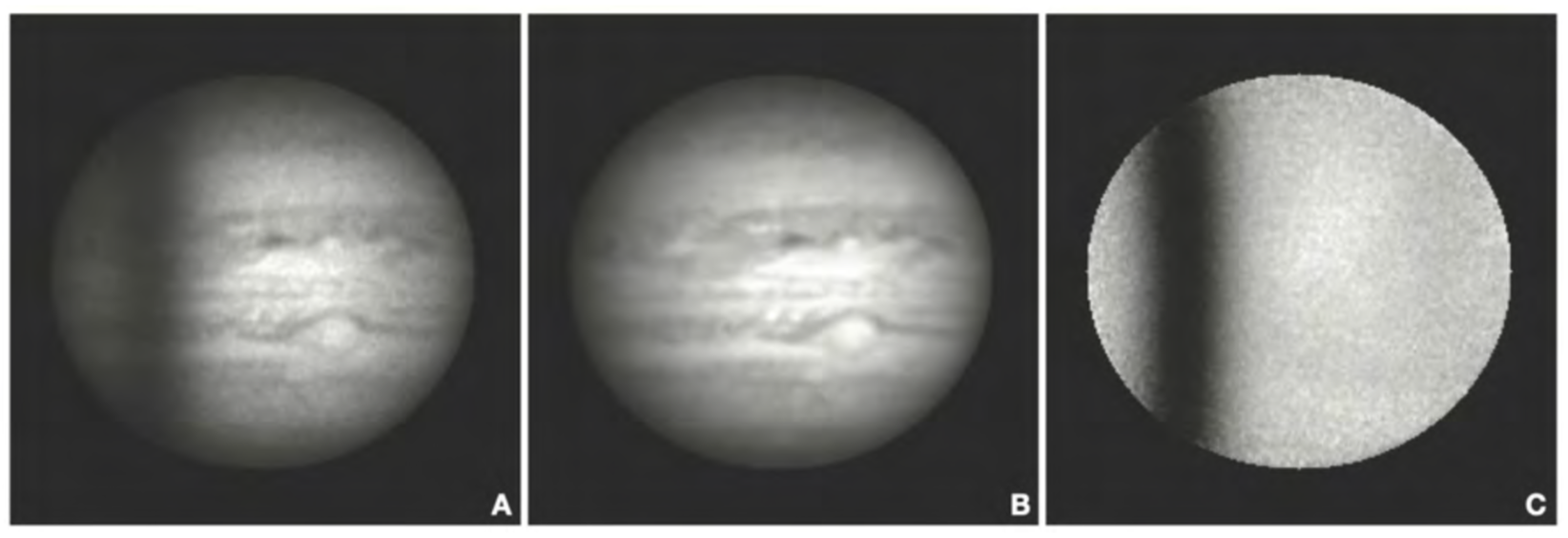Determining the internal structure of the Gas and Ice Giant Planets (i.e., Jupiter, Saturn, Uranus and Neptune) is key to understanding their formation and evolution, and in turn understanding the formation and evolution of the solar system. However, despite many years of study, the internal structure and dynamics of the Giant Planets remains obscure. We are involved in several ground-based projects to validate the technique of Doppler seismology to probe the dynamics of the atmosphere, internal structure, and the coupling between the deep interior and atmosphere of both Jupiter and Saturn, both establishing the technique as a viable tool, and making the first measurements of the core mass and internal rotation profiles of these planets.

We are working with researchers at JPL and the US Air Force Research Laboratory on making proof-of-concept measurements for a dual-channel Doppler imager based on magneto-optical filters. This instrument was first validated using the 3.5 m AEOS telescope on Maui during the summer of 2020. We plan to deploy it with the LANDIT telescope for long-term observations of Jupiter and Saturn either from the geographic South Pole or the PEARL site on Ellesmere Island in Canada.


